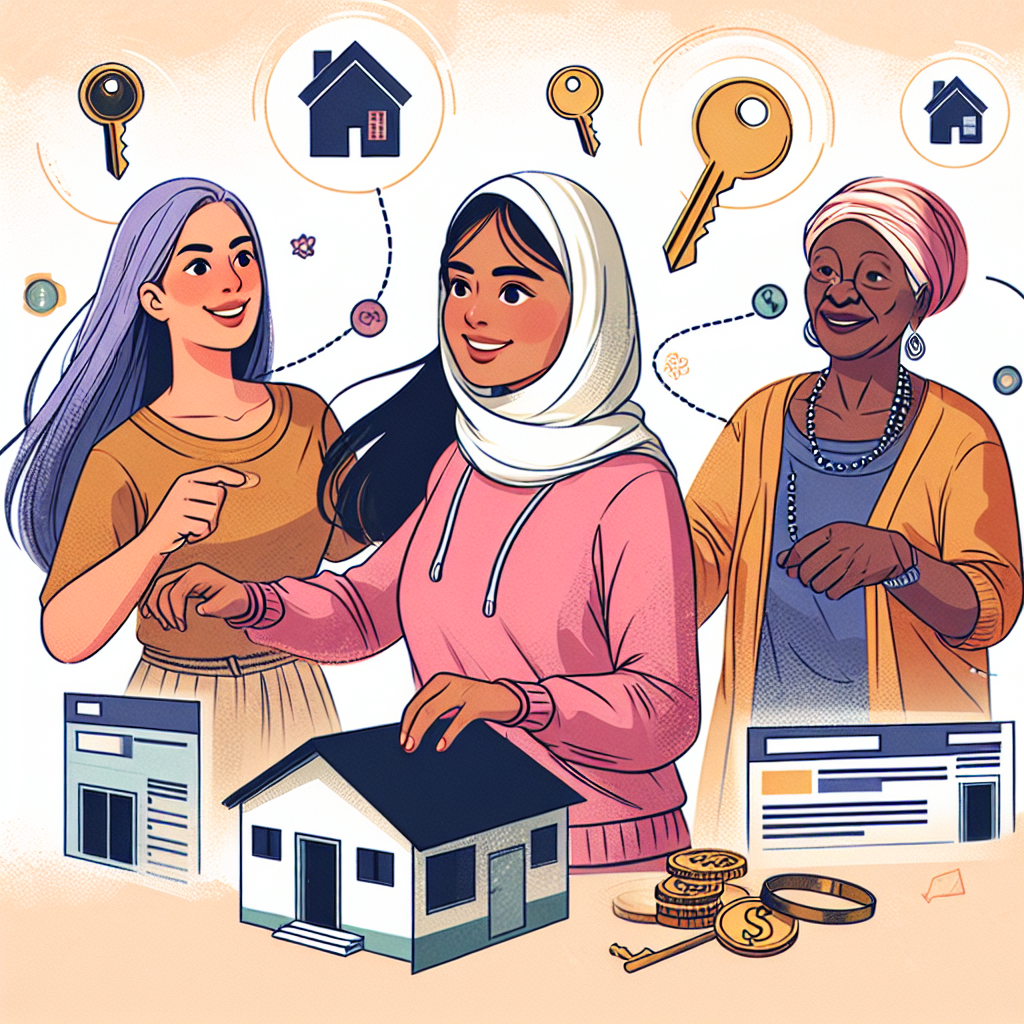Key Insights to Remember
- Discrimination against women has long shadowed the housing and mortgage sectors, yet pivotal laws like the Equal Credit Opportunity Act and Fair Housing Act have gradually balanced the scales.
- By 2024, single women compose about 20% of homebuyers, whereas single men make up only around 8%.
- Despite their growing presence, women still borrow less frequently than men, often facing steeper loan costs.
- Even with higher interest rates, lower earnings, and heftier debt levels, women tend to default on mortgages less often than their male counterparts.
Struggles and Progress: Women Navigating Mortgages Through the Ages
Buying a home has always presented unique challenges for women, requiring persistence to level the playing field with men. The road to securing a mortgage mirrors this struggle, reflecting wider societal barriers and breakthroughs.
From the days when women couldn’t even sign loan documents, to now outpacing single men as buyers, this timeline explores the shifts that have transformed mortgage lending and homeownership opportunities for women.
The 1960s: Breaking Ground in Homeownership Rights
Ownership was a prerequisite for borrowing, yet for married women, true property rights were elusive until landmark rulings and reforms emerged. Crucially, the Fair Housing Act of 1968 outlawed discriminatory behaviors in real estate and lending on grounds including sex—shutting down practices like withholding loan information or denying mortgages based solely on gender.
Financial independence was another barrier. However, this era witnessed more women joining the workforce, bolstered by the Equal Pay Act of 1963, which outlawed wage discrimination based on sex, helping many women gather the means to invest in property.
The 1970s: Women’s Liberation Meets Legal Empowerment
While the decade is famed for the rise of Women’s Liberation, 1974 marked a pivotal moment with the enactment of the Equal Credit Opportunity Act (ECOA). This law forbade lending discrimination tied to sex, marital status, and family situation, among other factors.
Legally barred from being asked about pregnancy plans or assumptions regarding their ability to repay, women found it easier to purchase homes without full upfront payment. These changes unfolded alongside cultural transformations that saw Americans delaying marriage to pursue careers and education, setting the stage for today’s patterns where women increasingly claim ownership.
Snapshot: Societal Shifts in the 1970s and 1980s
During this period, the average age at first marriage climbed above 23 years, correlating with a surge in women pursuing higher education and careers. In 1981, women represented a significant share of mortgage applicants for the first time, foreshadowing their growing stake in homeownership.
The 1990s: Closing Gaps Through Education and Earnings
At the dawn of the 1990s, women earned approximately 72 cents per dollar compared to men, inching closer to pay equity by the decade’s close with earnings rising to about 77 cents on the dollar.
The expansion of educational access and climbing incomes propelled women into homeownership at increasing rates—by the late 1990s, nearly one-third of households were led by women. Jung Hyun Choi of the Urban Institute highlights this trend as reflective of broader socioeconomic progress.
The 2000s: Mortgage Rate Drops and Shifts in Household Leadership
Mortgage interest rates took a nosedive during the 2000s, particularly after the 2008 financial upheaval, fueling a rise in homeownership among women. Yet, this growth partly stemmed from more women being recorded as heads of households on tax filings, indicating a subtle redefinition of household roles.
Highlight: 2006 – A Banner Year for Single Female Buyers
In this standout year, single women captured 22% of the home buying market, marking the apex of their real estate participation to date.
Persistence in the 2010s: Progress With Hurdles
Gains made by women homebuyers have not always followed a straight trajectory; single female homeownership rates fluctuated, reflecting ongoing challenges.
As of 2020, single women secured just under 20% of all mortgage loans extended, while single men received nearly one-third. According to Choi’s analysis in 2023, women continue to face tougher odds in financing than men.
By 2022, single women owned over 58% of single-person households, illustrating their growing independence in housing.
Ongoing Disparities and Financial Realities
Despite advances, full wage equality remains elusive, and single women frequently receive costlier mortgages paired with higher debt-to-income ratios. Notably, women of color comprise 34% of single female borrowers, slightly surpassing their male counterparts of color at 31%.
A Yale School of Management study reveals women typically pay about 2% more when purchasing homes and receive roughly 2% less when selling them. Still, despite juggling higher debts and lower incomes, women are less prone to defaulting on mortgages compared to men, as reported by the Urban Institute.

